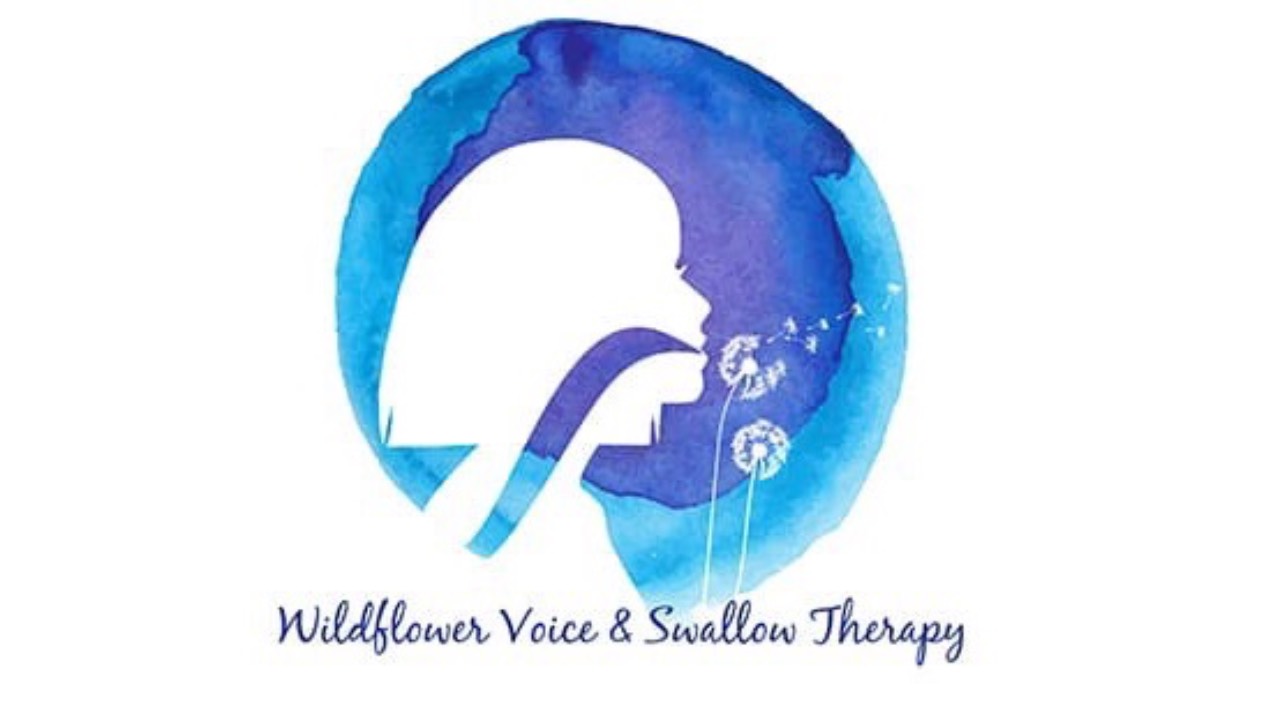How can I work on my child's speech and language goals at home?
If you have just received a diagnosis of Parkinson’s disease from your neurologist you may feel inundated with information for medication, therapies, and recommendations. It grows to feel overwhelming so you may be asking yourself, do I really need to tack SLP appointments onto all of this?
Parkin...
We are often asked by parents are there any ways I can increase my child's language production at home? We encourage you to do five simple everyday activities and incorporate them into your everyday play and routines!
1. Model carrier phrases! Using “I want ___” , “I see ___”, and “I need ___” ar...
It’s the time of year when we’re sending our littles (or bigs) back to school. As I shared in a previous post, 5 Ways to Support the Transition Back to School, our children may have a difficult time returning to a more structured environment and routine. Additionally, the school environment can be o...
After a long day at school filled with lots of sensory input, in addition to the educational demands, your child can be very dysregulated when they come home. As a reminder, dysregulation can appear as if they are very busy, having difficulty with adult or peer interactions, very talkative, or they ...
If your child has food preferences that impact feeding at home, those preferences can impact their ability to eat meals away from home too. While at school, your main goal is to provide their safe foods in order to ensure that they are able to eat lunch. But a great way to continue what your child i...
As an OT, I truly believe and live by the understanding that play is a wonderful way to teach new skills. One of the most powerful factors of play is that it reduces the perceived or actual stress that can come with learning something unfamiliar. Additionally, games and toys often provide visual com...
Let’s Go Back to School!
Going back to school can be a rough transition. After a fun and busy summer, it can be challenging to go back to the structured expectations of the school environment! What can we do to support our child’s first few weeks in school and reduce dysregulation? School has many ...
Four Fun Ways to Grow Fine Motor Skills at Home
If your child has difficulty with fine motor tasks, here are four fun ideas to target their fine motor control and strength with activities at home!
1. Paint an Abstract Picture
Use pompoms, cotton balls, or cotton swabs (preferably cut in half) to ...
Sensory processing is our body and brain’s ability to interpret various sensory information from our environment. As we all learned in grade school, there are five well-known senses: hearing, sight, touch, taste, and smell.
However, these aren’t the only senses our body interprets! We also experie...
As therapists, one of our top recommended regulation strategies is heavy work! Heavy work activates our proprioceptive system, which is the sensory system that informs our brain where our body is in space. The best part about our proprioceptive system is that it supports our body in achieving the ap...
“My child has difficulty with transitioning between activities, what can I do to help?”
If your child has difficulty with moving from activity to activity, or from place to place, it can be a difficult time for both you and your little one. One of the biggest reasons that our children might have a ...








